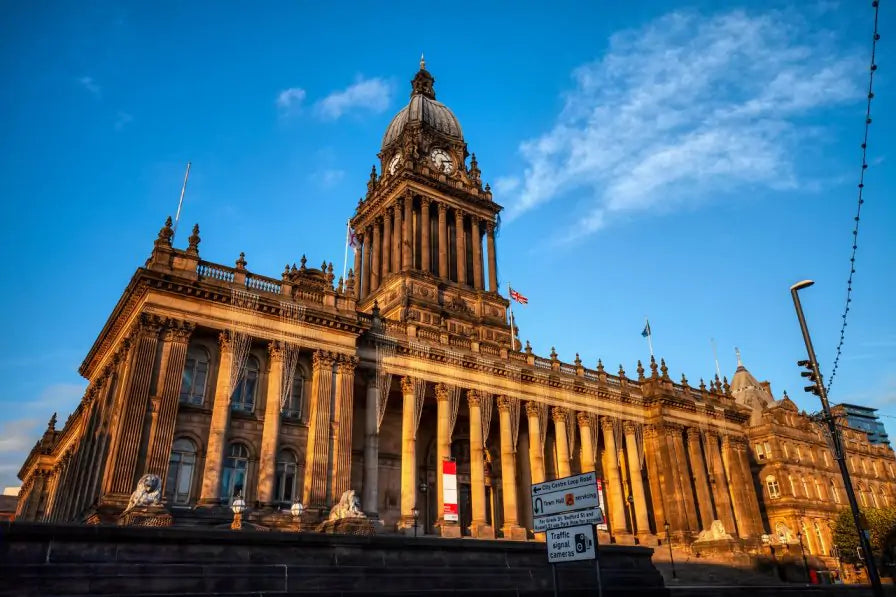Your basket is currently empty.
Shop NowLeeds Council Considers Its Options Over Falling Recycling Rates

Leeds Councils Considers Its Options Over Falling Recycling Rates
Leeds council are reviewing the city’s recycling strategy after recycling rates plummeted. Average rates have fallen to 38% in the last 2 years, after they reached 44% consistently throughout the last decade. The council have admitted they are now likely to miss the 50% national target the government set for 2020.
Why the decline?
Opposition councillors have criticised the council for relying too heavily on using incineration to reduce their waste management costs rather than educating people on recycling and using other initiatives.
The council is considering other options to boost recycling rates such as recycling more glass bottles, improving food waste collections, and expanding the range of plastics that they can recycle, however, the accusation they now face is that these plans have come too little, too late.
A council meeting also discussed the challenging targets set for recycling, and the impact that Brexit and other factors might have on the recycling rate.
Incinerating rubbish: the pros and cons
Incineration is a popular waste management method, and it does help to deal with the sheer volume of waste we generate. But how effective is it, and what effect does it have on the environment?

The pros
It reduces the use of landfill
Waste left in landfill gives off greenhouse gases and leaches toxins into the water and soil, so reducing the use of landfill helps the environment, and it reduces the cost of paying landfill tax and transporting waste to the sites for local authorities.
Less pressure on land space
Only around 10% of the waste put into an incinerator is left after it’s burned. This reduces the amount of residual waste that goes to landfill, and the associated greenhouse gas emissions and leakages into soil and waterways.
Incineration kills germs
The high temperatures that the incinerators work at can destroy the chemicals and germs that often accompany clinical waste.
You can produce energy from waste
Sometimes, burning waste can produce energy. Plants burn some types of waste to produce heat and electricity.
They can filter out some harmful emissions
Modern incinerators can filter out harmful substances like dioxins and hydrogen before they get the chance to get into the atmosphere.
The cons
Natural resources can be wasted
Incineration can waste natural resources like plastics, metals, and glass if they aren’t removed from waste before incineration. New materials will have to be mined, which can cause further problems for the environment.
It discourages recycling
Incinerators are convenient, but they are not the best form of waste disposal, so they should not be solely relied upon.
Most people don’t want to live near an incinerator
Most people don’t want to live near an incinerator. They increase traffic in the area and give off unpleasant odours. This can affect house and land prices.
There are still emissions
Modern incinerators tend to be very effective at filtering out toxins and chemicals, but they don’t eliminate 100% of them. Gases from the flue exhaust can release heavy metals like cadmium into the atmosphere, and these can be harmful to the environment and to health.
Incineration produces ash
The ash produced from incinerating waste contains toxins and heavy metals which have to be dealt with correctly. They should be sealed in containers to prevent them from being contaminated.






